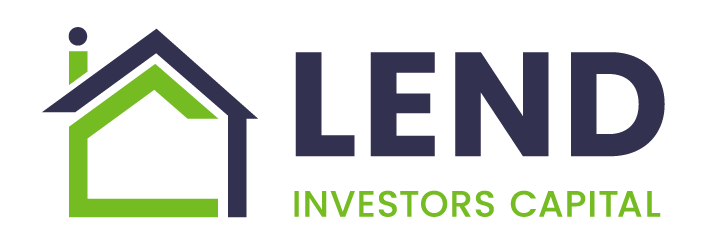Holdbacks are a key component of rehab and construction financing. Learn how they work, why they exist, and how they can actually benefit you as an investor.
When financing a rehab or construction project, understanding holdbacks is essential. These funds are part of your total loan but are withheld and released in stages as your project progresses. While it may seem like a delay in access to capital, holdbacks actually serve an important purpose—for both the lender and you, the investor.
What is a Holdback?
A holdback refers to a portion of the loan amount reserved specifically for the construction or renovation portion of a project. These funds are not released upfront, but rather distributed over time through draws—typically after proof of work completed and verified by inspections.
Why Holdbacks Exist:
- Risk Management: Protects the lender by ensuring the loan funds are being used as intended.
- Quality Control: Ensures that only completed and approved work receives funding.
- Accountability: Keeps projects moving on schedule and discourages cutting corners.
Common Holdback Structures:
- Standard Holdback: A fixed amount from the approved construction budget is withheld at closing and released incrementally.
- Draw Schedule: Funds are disbursed in phases, usually tied to specific milestones (e.g., framing, drywall, roofing, etc.).
- Final Draw: The last portion of funds is only released after the full project is completed, inspected, and approved.
How Holdbacks Benefit Investors:
- Ensure funds are aligned with actual project progress
- Protect against incomplete or substandard work
- Improve budget management and promote disciplined cash flow
- Provide a structured way to monitor project milestones
At Lend Investors Capital, we offer flexible holdback and draw options tailored to the unique needs of your project. Our team is here to help you navigate the draw process, coordinate inspections, and manage your capital efficiently—so you can focus on building.




